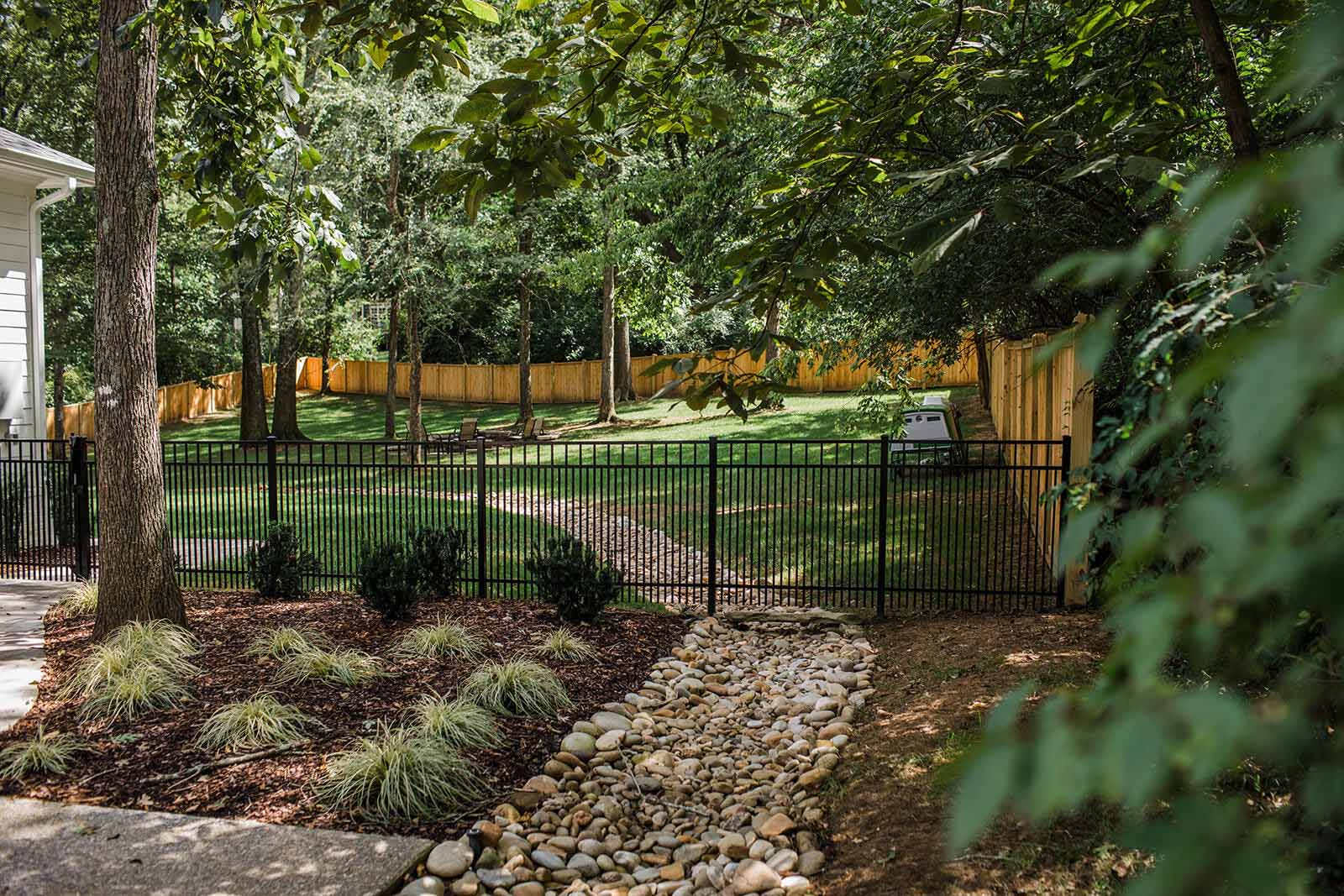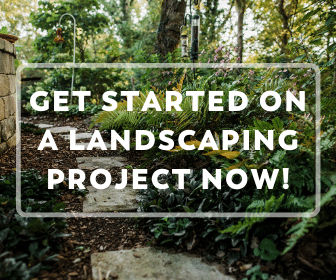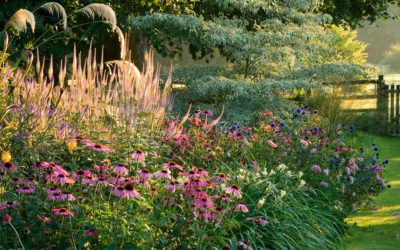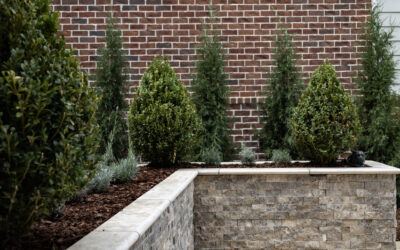Rain is good for gardens, of course. Too much of it, pooling in the wrong places in your yard, can cause drainage problems around your landscape and in your home.
“Proper drainage is probably one of the most important services that you should have around your home,” says Gardens of Babylon owner Mark Kerske. “You want to keep the water away from the foundation of your house.”
Water running into the basement or crawlspace can cause mold and other problems. Downspouts from the gutter can push rainwater into the foundation if they’re not properly routed. Water that leads to damage on any part of the property causes trouble over time. “The problem with poor drainage is erosion,” Kerske says. “It can affect the structure of your house or driveway.”
Change the course
There are several methods for guiding water away from the house, depending on the origin of the problem.
- Downspout extension: If rainwater rushes through a gutter downspout near the foundation, a tube on the end of the downspout can empty rainwater farther away from the house during a downpour. The piping can be aboveground, or installed from the downspout in a trench that runs underground, out from under any mulched beds, where the water exits through a pop-up drainage emitter in the lawn.
- Berm: The way water travels over the ground depends on the topography of the property, and if water naturally runs toward the house, a bern –a raised soil barrier or ridge — can be an effective way to direct water away from an area, Kerske says.
- Swale: A trench-like depression in the ground forms a chute, of sorts, to direct the water flow. It can be lined with large chunks of rocks to slow the velocity of the water. “When you have a large amount of water coming toward your house, you want to slow it down,” he says. “If you direct water into the swale, you can get it to go where you want.”
Again, the lay of the land will suggest which method is best. “If the land behind the house is much higher, that’s where you really need a good swale or berm,” Kerske says. “The key is to move the water away from where it wants to naturally go.”
Design challenges
For any landscape design project, a designer and homeowner will discuss any drainage problems on the property that need to be addressed. “That’s the first step. We can do a drainage consultation and assess what the problem is.” Kerske says. “If it’s something they can’t do or don’t want to do, we can put together a design and calculate what it will cost to do the repairs.”
If the solution to a drainage problem calls for a swale or a berm, that can become part of the overall landscape design. “We can put native plants along the streambank. We can use groundcovers, and make it look like the swale belongs naturally in the landscape. That’s where a designer can really be of help,” Kerske says. “The designer can incorporate that drainage swale or berm into the landscape plans.”
Solving drainage and erosion problems in a landscape is the first step in any design plan, Kerske says. “There are so many hills here in Middle Tennessee. We do a lot of drainage work,” he says. “I think proper drainage is the most important part of landscaping.”
*
Gardens of Babylon offers landscape drainage and erosion solutions. Book a consultation with a Gardens of Babylon landscape professional here.






